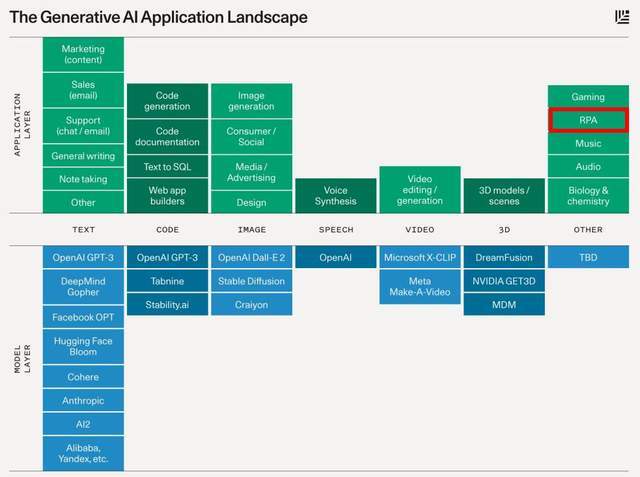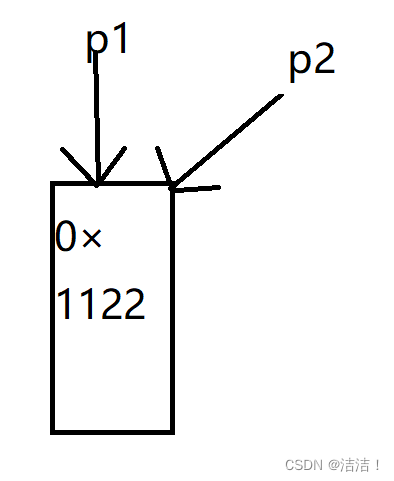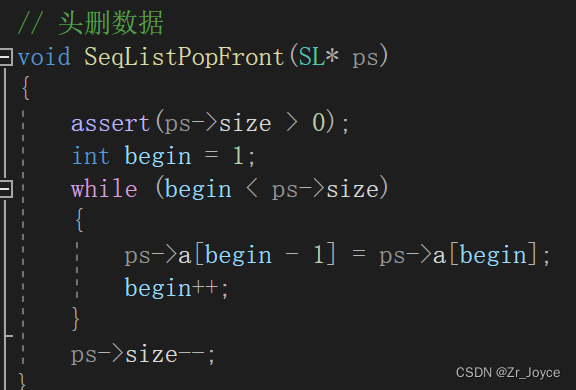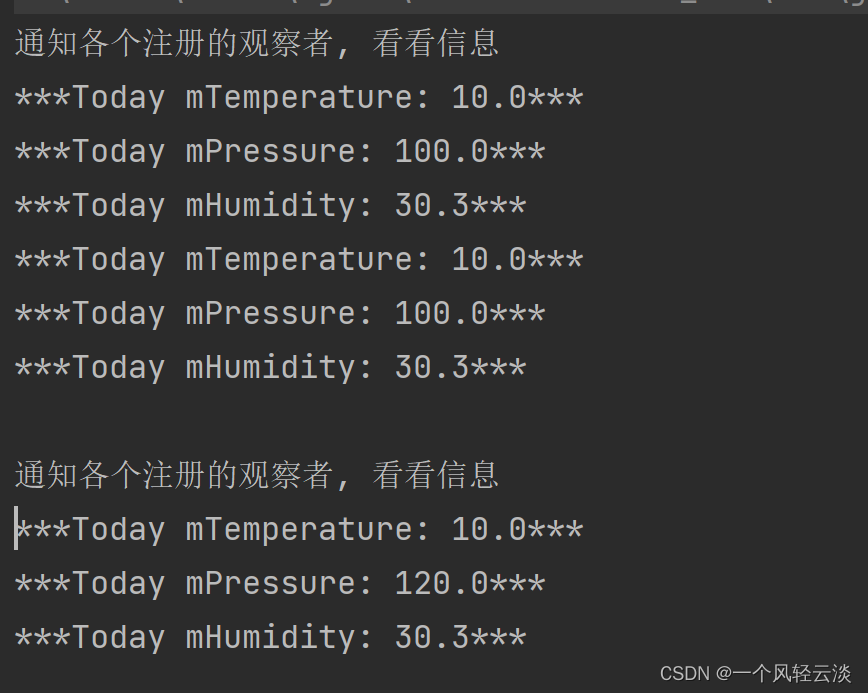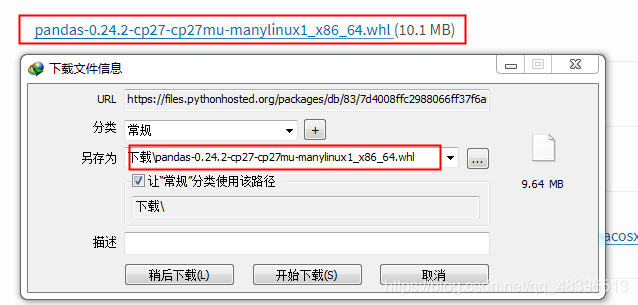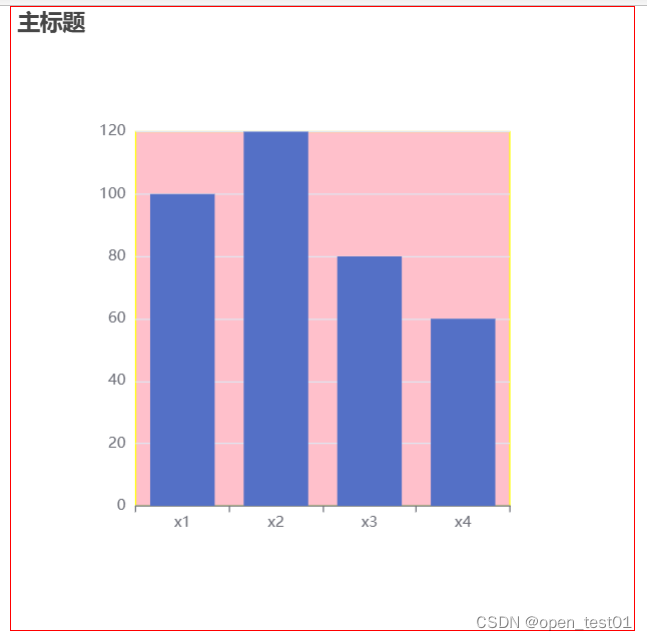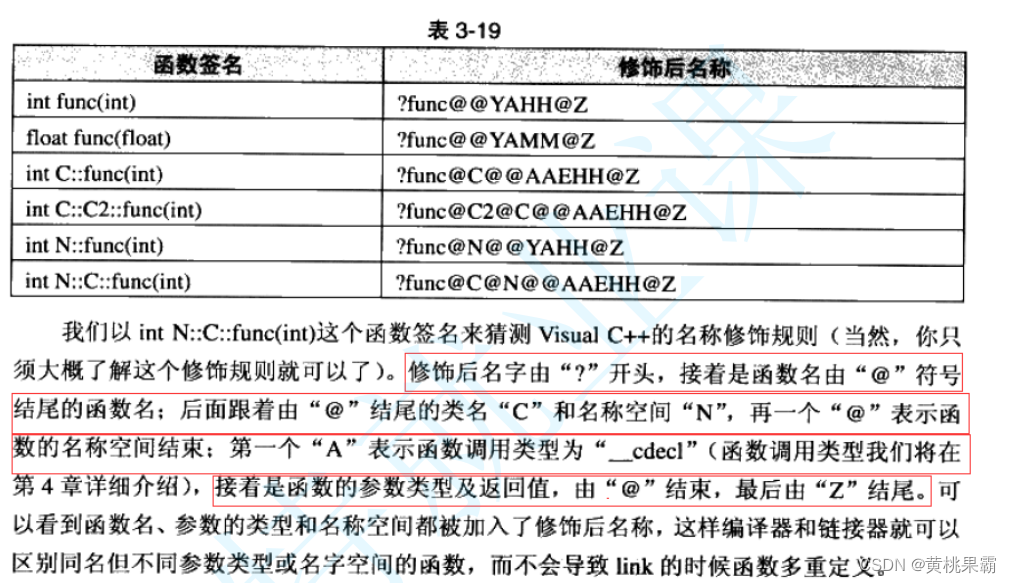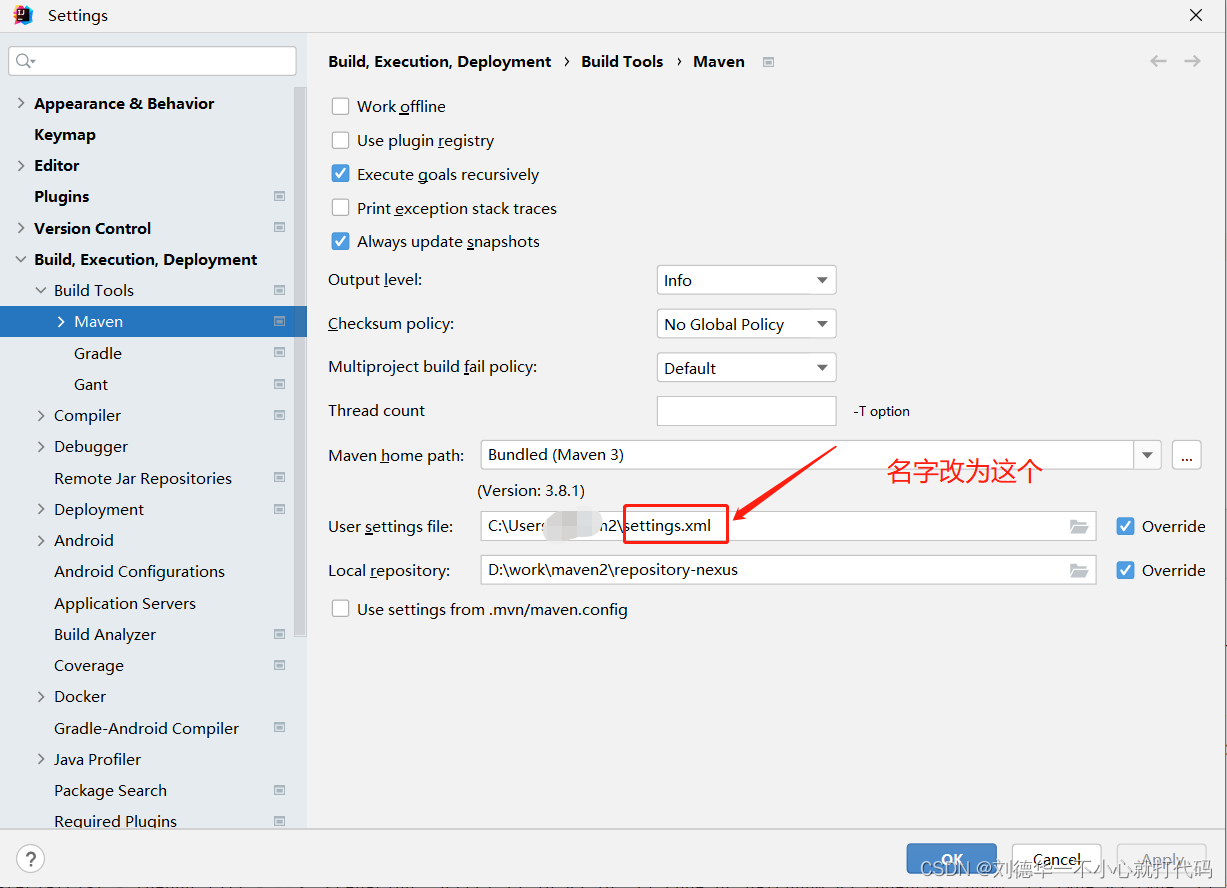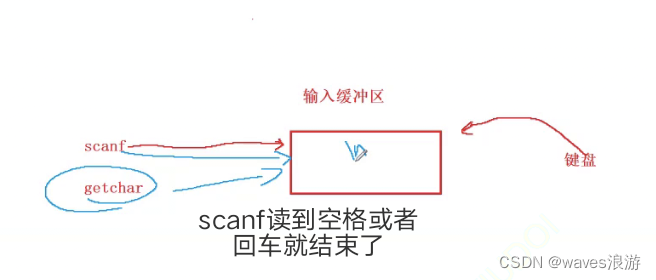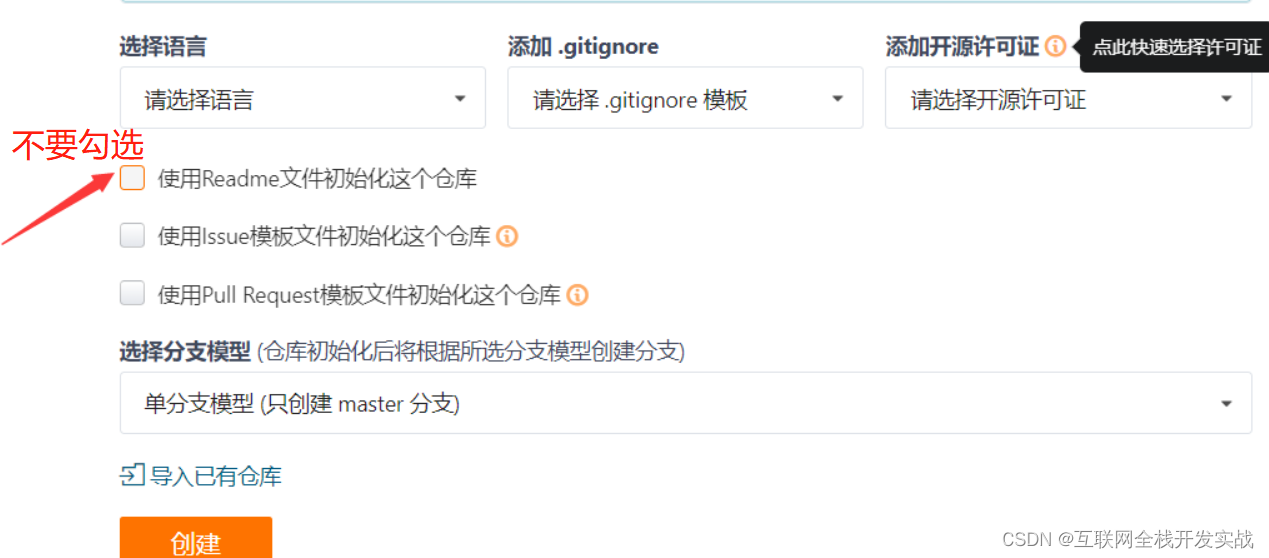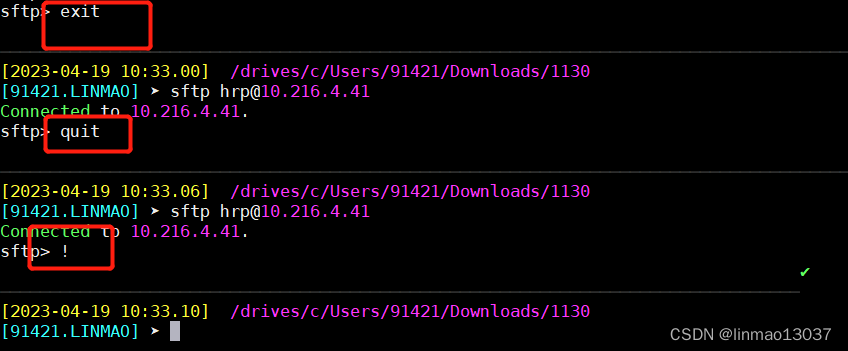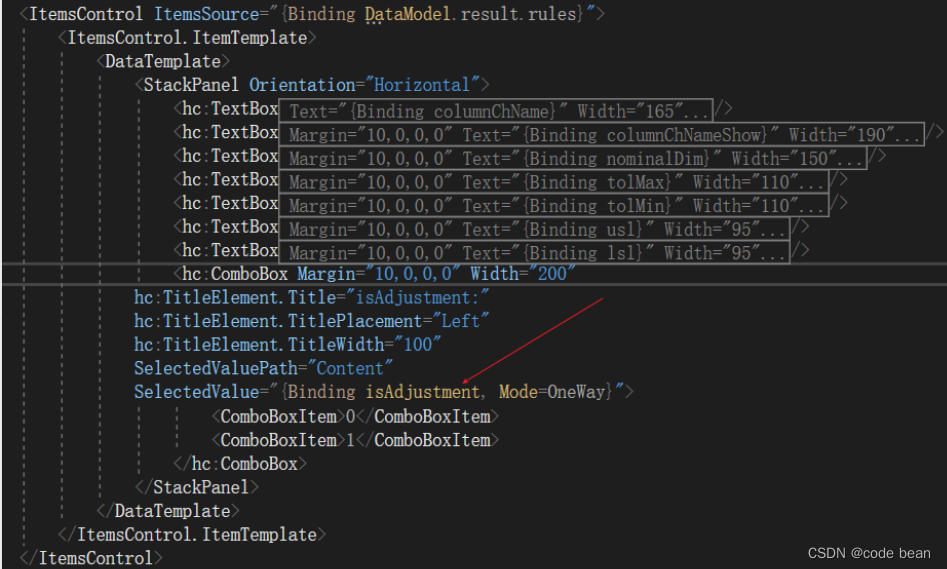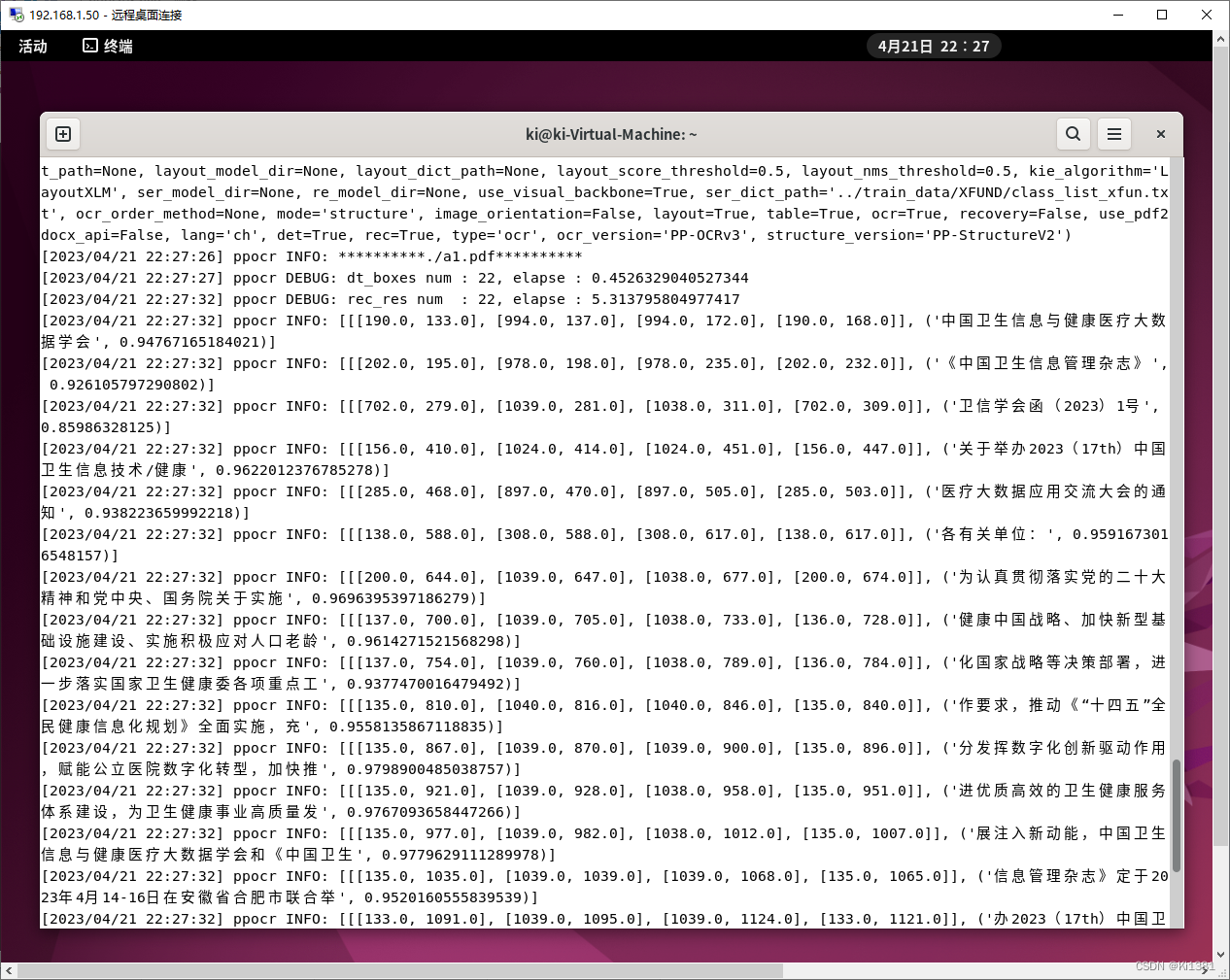欢迎关注『youcans的深度学习』系列
【youcans的深度学习 D02】PyTorch例程:创建 LeNet 模型进行图像分类
- 1. PyTorch 深度学习建模的基本步骤
- 2. 加载 CIFAR-10 数据集
- 3. 定义 LeNet-5 模型类
- 3.1 LeNet 网络
- 3.2 LeNet-5 网络
- 3.3 定义 LeNet-5 网络模型类
- 3.4 构建网络的图层定义函数
- 3.4.1 卷积层
- 3.4.2 最大池化层
- 3.4.3 线性层
- 3.4.4 ReLU 激活函数
- 4. LeNet 模型训练完整例程
- 4.1 实例化 LeNet 模型
- 4.2 模型训练
- 4.3 模型训练例程
- 5. LeNet 模型预测完整例程
在前面的章节我们已经介绍了 Pytorch 中的数据加载和模型建立,本节在此基础上,实现一个简单而完整的案例:创建 LeNet 网络模型,使用 CIFAR-10 数据集训练模型,进行图像分类。
1. PyTorch 深度学习建模的基本步骤
使用 PyTorch 建立、训练和使用神经网络模型的基本步骤如下。
- 准备数据集(Prepare dataset):准备好训练数据集和测试数据集,可以使用 Pytorch 中的 DataLoader 和 Dataset 对数据进行加载和预处理。
- 创建网络模型(Design model using Class):使用 torch.nn 模块中的类来构建模型,可以选择使用已有的模型,如 ResNet、VGG、AlexNet 等,也可以自定义模型。
- 定义损失函数和优化器(Construct loss and optimizer):根据分类任务的需要,选择合适的损失函数和优化器。
- 模型训练(Trainning the model):将数据输入到模型中进行训练,一般需要进行多个 epoch 的训练。
- 模型测试(Testing the model):使用测试数据集来评估训练好的模型的性能,计算模型的准确率等指标。
- 模型保存与加载(Saving and loading a model):保存训练好的模型,以便以后使用或部署。
- 模型推理(Inferring model):对新的数据,使用训练好的模型预测输出结果。
2. 加载 CIFAR-10 数据集
使用通用的数据集(如 MNIST 或 CIFAR)训练神经网络,不仅可以显著地提高工作效率,而且通常可以获得更好的模型性能。这是由于通用数据集的样本结构均衡、信息高效,而且组织规范、易于处理。
PyTorch 提供了一些常用的图像数据集,预加载在 torchvision.datasets 类中。
torchvision 模块实现神经网络所需的核心类和方法, torchvision.datasets 包含流行的数据集、模型架构和常用的图像转换方法。
CIFAR 数据集是一个经典的图像分类小型数据集,有 CIFAR10 和 CIFAR100 两个版本。CIFAR10 有 10 个类别,CIFAR100 有 100 个类别。CIFAR10 每张图像大小为 32*32,包括飞机、去吃、鸟、,猫、鹿、狗、青蛙、马、船、卡车 10 个类别。CIFAR10 共有 60000张图像,其中训练集 50000张,测试集 10000张。每个类别有 6000张图片,数据集平衡。
加载和使用 CIFAR 数据集的方法为:
torchvision.datasets.CIFAR10()
torchvision.datasets.CIFAR100()
使用 DataLoader 类加载 CIFAR-10 数据集的例程如下。Dataloader 是一个迭代器,基本功能是传入一个 Dataset 对象,根据参数 batch_size 生成一个 batch 的数据。
import torch
from torchvision import transforms
# 定义 transform,将[0,1]的PILImage 转换为[-1,1]的Tensor
transform = transforms.Compose([ # Transform Compose of the image
transforms.Resize([32,32]), # 图像大小调整为 (w,h)=(32,32)
transforms.ToTensor(), # 将图像转换为张量 Tensor
transforms.Normalize((0.5, 0.5, 0.5), (0.5, 0.5, 0.5))])
# 使用 DataLoader 类加载 CIFAR10 训练集
batch_size = 64
# 加载 CIFAR10 数据集, 如果 root 路径加载失败, 则自动在线下载
# 加载 CIFAR10 训练数据集, 50000张训练图片
train_set = torchvision.datasets.CIFAR10(root='../dataset', train=True,
download=True, transform=transform)
train_loader = torch.utils.data.DataLoader(train_set, batch_size=batch_size,
shuffle=True, num_workers=2) # 用 DataLoader 加载数据
# 加载 CIFAR10 验证数据集, 10000张验证图片
valid_set = torchvision.datasets.CIFAR10(root='../dataset', train=False,
download=True, transform=transform)
valid_loader = torch.utils.data.DataLoader(valid_set, batch_size=5000,
shuffle=False, num_workers=2)
3. 定义 LeNet-5 模型类
LeNet 是由 Yann Lecun(2018年图灵奖得主)提出的经典的卷积神经网络,最初用于手写字符识别。虽然现在看来这个网络非常简单,性能也很差,但其原理仍然是各种卷积神经网络的基础。
3.1 LeNet 网络
最初的 LeNet 网络采用 5层结构,创造性的引入了卷积神经网络的基本操作。网络结构如下:
-
输入层为 28×28 的单通道图像。
-
C1 卷积层:4个 5×5 卷积核,得到 4 个 24×24 特征图。
-
S1 池化层:平均池化层 2×2,得到 4 个 12×12 特征图。
-
C2 卷积层:12个 5×5 卷积核,得到 12 个 8×8 特征图。
-
S2 池化层:平均池化层 2×2,得到 12 个4×4 特征图。
-
FC 全连接层: 全连接隐藏层,使用 sigmoid 函数。
3.2 LeNet-5 网络
1998年提出的 LeNet-5 网络是 LeNet 网络的改进版本。LeNet-5 采用 7层网络结构,包括 3个卷积层、2个池化层和2个全连接层:
-
输入层为 32×32 的单通道图像。
-
C1 卷积层:6个 5×5 卷积核,得到 6 个 28×28 特征图。
-
S2 池化层:最大池化层 2×2,得到 6 个 14×14 特征图。
-
C3 卷积层:16个 5×5 卷积核,得到 16 个 10×10 特征图。
-
S4 池化层:最大池化层 2×2,得到 16 个 5×5 特征图。
-
C5 卷积层:120个 5×5 卷积核,得到 120 个 1×1 特征图。
-
F6 全连接层:由 84 个神经元组成的全连接隐藏层,使用 sigmoid 函数。
-
F7 输出层:由10 个神经元组成的 softmax 高斯连接层。

3.3 定义 LeNet-5 网络模型类
PyTorch 通过 torch.nn 模块提供了高阶的 API,可以从头开始构建网络。
使用 PyTorch 构造神经网络模型,需要运用__call__()和__init__()方法定义模型类 Class。nn.Module 是所有神经网络单元(neural network modules)的基类。
PyTorch在 nn.Module 中实现了__call__()方法,在 __call__() 方法中调用 forward 函数。__init__()方法是类的初始化函数,类似于C++的构造函数。
LeNet 模型类的例程如下:
import torch.nn as nn
import torch.nn.functional as F
class LeNet(nn.Module):
def __init__(self): # 构造函数
super(LeNet, self).__init__()
self.conv1 = nn.Conv2d(3, 16, 5) # in_channels, out_channels, kernal_size
self.pool1 = nn.MaxPool2d(2, 2) # kernel_size, stride
self.conv2 = nn.Conv2d(16, 32, 5)
self.pool2 = nn.MaxPool2d(2, 2)
self.fc1 = nn.Linear(32 * 5 * 5, 120) # in_features, out_features
self.fc2 = nn.Linear(120, 84)
self.fc3 = nn.Linear(84, 10)
def forward(self, x): # 正向传播函数
x = F.relu(self.conv1(x)) # input(3, 32, 32) output(16, 28, 28)
x = self.pool1(x) # output(16, 14, 14)
x = F.relu(self.conv2(x)) # output(32, 10, 10)
x = self.pool2(x) # output(32, 5, 5)
x = x.view(-1, 32*5*5) # output(32*5*5)
x = F.relu(self.fc1(x)) # output(120)
x = F.relu(self.fc2(x)) # output(84)
x = self.fc3(x) # output(10)
return x
3.4 构建网络的图层定义函数
在 LeNet 模型类的例程中,涉及到一些网络模型的图层定义函数。
3.4.1 卷积层
torch.nn.Conv2d(in_channels, out_channels, kernel_size, stride=1, padding=0, dilation=1, groups=1, bias=True, padding_mode=‘zeros’)
参数说明:
- in_channels:int,输入特征矩阵的通道数。如输入 RGB 彩色图像则 in_channels=3。
- out_channels:int,卷积层输出特征矩阵的通道数,等于卷积核的数量。
- kernel_size:int 或 tuple[int,int],卷积核的尺寸 (height, width),int 类型时表示 height=width。
- stride:int 或 tuple[int,int],卷积核的步长,默认为1,int 类型时表示 stride_h=stride_w。
- padding:int 或 tuple[int,int],在输入图像的边缘填充的行数,默认为 0 表示不做边缘填充。
注意事项:
卷积层的输出特征矩阵尺寸计算公式:
O
u
t
p
u
t
=
W
−
F
+
2
∗
P
S
+
1
Output = \frac{W-F+2*P}{S} +1
Output=SW−F+2∗P+1
其中,W 表示输入图片大小为 W*W,F 表示卷积核大小为 F*F,S 为步长,P 为边缘填充行数。
3.4.2 最大池化层
torch.nn.MaxPool2d(kernel_size, stride=None, padding=0, dilation=1, return_indices=False, ceil_mode=False)
参数说明:
- kernel_size:int 或 tuple[int,int],卷积核的尺寸 (height, width),int 类型时表示 height=width。
- stride:int 或 tuple[int,int],卷积核的步长,默认为 1,int 类型时表示 stride_h=stride_w。
- padding:int 或 tuple[int,int],边缘填充,在两侧添加的隐式负无穷大填充,默认为 0。
3.4.3 线性层
torch.nn.Linear(in_features, out_features, bias=True, device=None, dtype=None)
参数说明:
- in_channels:int,输入特征向量的维数。
- out_channels:int,输出特征向量的维数。
- bias:bool,偏移量标志,默认为 True 表示带有偏移量,False 表示不带偏移量。
3.4.4 ReLU 激活函数
torch.nn.ReLU(inplace=False)
应用 ReLU 激活函数:
R e L U ( x ) = ( x ) + = m a x ( 0 , x ) ReLU(x) = (x)^+ = max(0, x) ReLU(x)=(x)+=max(0,x)
参数说明:
- inplace:bool,就地操作标志,默认为 False。
4. LeNet 模型训练完整例程
4.1 实例化 LeNet 模型
上节已经定义了一个 LeNet 网络模型类。要建立一个 LeNet 模型对象进行训练,包括三个步骤:
- 实例化 LeNet 模型对象
- 设置损失函数 Loss
- 设置优化器 optim
# (4) 构造 LeNet 网络模型
model = LeNet() # 实例化 LeNet 网络模型
# print(model) # LeNet(conv1, pool, conv2, fc1, fc2, fc3)
loss_criterion = nn.CrossEntropyLoss() # 定义损失函数 CrossEntropy
optimizer = optim.Adam(model.parameters(), lr=0.001) # 定义优化器 Adam
# 优化器对象创建时需要传入模型参数 model.parameters(),将扫描 module中的所有成员
torch.nn.functional 模块包含内置损失函数,交叉熵损失函数为 nn.CrossEntropyLoss。
torch.optim.Adam表示使用 Adam 优化器,注意要将 model 的参数 model.parameters() 传给优化器对象,以便 优化器扫描需要优化的参数。
4.2 模型训练
模型训练的基本步骤是:
- 前馈计算模型的输出值;
- 计算损失函数值;
- 计算权重 weight 和偏差 bias 的梯度;
- 根据梯度值调整模型参数;
- 将梯度重置为 0(用于下一循环)。
4.3 模型训练例程
完整的使用 PyTorch 导入 CIFAR10 数据集、创建 LeNet-5 网络模型和模型训练的例程如下。
# LeNet_CIFAR_train_1.py
# 构建 LeNet 网络的图像分类模型,使用 CIFAR10 数据集的模型训练
# https://pytorch.org/tutorials/beginner/blitz/cifar10_tutorial.html#
# Crated: youcans@qq.com, 2023/04/18
import torch
import torchvision
import torchvision.transforms as transforms
import torch.nn as nn
import torch.optim as optim
import torch.nn.functional as F
class LeNet(nn.Module): # # 继承 nn.Module 父类
def __init__(self): # 构造函数
super(LeNet, self).__init__()
self.conv1 = nn.Conv2d(3, 16, 5) # in_channels, out_channels, kernal_size
self.pool1 = nn.MaxPool2d(2, 2) # kernel_size, stride
self.conv2 = nn.Conv2d(16, 32, 5)
self.pool2 = nn.MaxPool2d(2, 2)
self.fc1 = nn.Linear(32 * 5 * 5, 120) # in_features, out_features
self.fc2 = nn.Linear(120, 84)
self.fc3 = nn.Linear(84, 10)
def forward(self, x): # 正向传播函数
x = F.relu(self.conv1(x)) # input(3, 32, 32) output(16, 28, 28)
x = self.pool1(x) # output(16, 14, 14)
x = F.relu(self.conv2(x)) # output(32, 10, 10)
x = self.pool2(x) # output(32, 5, 5)
x = x.view(-1, 32*5*5) # output(32*5*5)
x = F.relu(self.fc1(x)) # output(120)
x = F.relu(self.fc2(x)) # output(84)
x = self.fc3(x) # output(10)
return x
if __name__ == '__main__':
# (1) 将[0,1]的PILImage 转换为[-1,1]的Tensor
transform = transforms.Compose([ # Transform Compose of the image
transforms.Resize([32,32]), # 图像大小调整为 (w,h)=(32,32)
transforms.ToTensor(), # 将图像转换为张量 Tensor
transforms.Normalize((0.5, 0.5, 0.5), (0.5, 0.5, 0.5))])
# (2) 下载 CIFAR10 训练集
batch_size = 64
# 加载 CIFAR10 数据集, 如果 root 路径加载失败, 则自动在线下载
# 加载 CIFAR10 训练数据集, 50000张训练图片
train_set = torchvision.datasets.CIFAR10(root='../dataset', train=True,
download=True, transform=transform)
train_loader = torch.utils.data.DataLoader(train_set, batch_size=batch_size,
shuffle=True, num_workers=2) # 用 DataLoader 加载数据
# 加载 CIFAR10 验证数据集, 10000张验证图片
valid_set = torchvision.datasets.CIFAR10(root='../dataset', train=False,
download=True, transform=transform)
valid_loader = torch.utils.data.DataLoader(valid_set, batch_size=5000,
shuffle=False, num_workers=2)
# 创建生成器,用 next 获取一个批次的数据
valid_data_iter = iter(valid_loader) # _SingleProcessDataLoaderIter 对象
valid_image, valid_label = next(valid_data_iter) # val_image: [batch, 3, 32, 32] val_label: [batch]
# (3) 定义类别名称 (10个类别)
classes = ('plane', 'car', 'bird', 'cat', 'deer',
'dog', 'frog', 'horse', 'ship', 'truck')
# (4) 构造 LeNet 网络模型
model = LeNet() # 实例化 LeNet 网络模型
# print(model) # LeNet(conv1, pool, conv2, fc1, fc2, fc3)
loss_criterion = nn.CrossEntropyLoss() # 定义损失函数 CrossEntropy
optimizer = optim.Adam(model.parameters(), lr=0.001) # 定义优化器 Adam
# 优化器对象创建时需要传入模型参数 model.parameters(),将扫描 module中的所有成员
# (5) 用 train_loader 训练 LeNet 网络
for epoch in range(5): # 训练轮次 epoch
running_loss = 0.0 # 每个 epoch 的累加损失值清零
for step, data in enumerate(train_loader, start=0): # 加载数据
inputs, labels = data # inputs: [batch, 3, 32, 32] labels: [batch]
optimizer.zero_grad() # 损失梯度的历史清零
# forward + backward + optimize
outputs = model(inputs) # 前向传播, [batch, 10]
loss = loss_criterion(outputs, labels) # 计算损失
loss.backward() # 反向传播
optimizer.step() # 参数更新
# print statistics
running_loss += loss.item()
if step % 100 == 99: # 每 100 个 step 打印一次训练信息
with torch.no_grad(): # 验证过程, 不计算损失函数梯度
outputs = model(valid_image) # 对验证集进行模型推理 [batch, 10]
pred_label = torch.max(outputs, dim=1)[1] # 模型预测的类别 [batch]
accuracy = torch.eq(pred_label, valid_label).sum().item() / valid_label.size(0) # 计算准确率
print(
"epoch {}, step {}: loss = {:.4f}, accuracy {:.4f}".format(epoch, step, running_loss/100, accuracy))
running_loss = 0.0
print('Finished Training')
# (6) 保存 LeNet 网络模型
model_path = "../models/CIFAR10_LeNet_1.pth"
torch.save(model.state_dict(), model_path)
程序运行结果如下:
Files already downloaded and verified
Files already downloaded and verified
epoch 0, step 99: loss = 1.9706, accuracy 0.3682
epoch 0, step 199: loss = 1.6741, accuracy 0.4254
epoch 0, step 299: loss = 1.5687, accuracy 0.4756
epoch 0, step 399: loss = 1.4513, accuracy 0.4878
epoch 0, step 499: loss = 1.4060, accuracy 0.5300
…
epoch 4, step 99: loss = 0.9303, accuracy 0.6438
epoch 4, step 199: loss = 0.9322, accuracy 0.6526
epoch 4, step 299: loss = 0.9517, accuracy 0.6536
epoch 4, step 399: loss = 0.9251, accuracy 0.6626
epoch 4, step 499: loss = 0.9482, accuracy 0.6588
Finished Training
经过 5 轮训练,使用验证集 10000张图片进行验证,模型准确率为 65.88%。这个准确率当然是很低的,但这并不是本文讨论的重点,后续我们可以使用其它模型和方法来提高分类准确性。
5. LeNet 模型预测完整例程
使用训练好的 LeNet 模型,输入新的图片进行模型推理,由模型输出结果确定输入图片所属的类别。
# LeNet_CIFAR_pred_1.py
# 基于 LeNet 网络的图像分类模型,使用预训练模型进行图像分类
# https://pytorch.org/tutorials/beginner/blitz/cifar10_tutorial.html#
# Crated: youcans@qq.com, 2023/04/18
import torch
import torchvision.transforms as transforms
import torch.nn as nn
import torch.nn.functional as F
import numpy as np
class LeNet(nn.Module):
def __init__(self): # 初始化函数
super(LeNet, self).__init__()
self.conv1 = nn.Conv2d(3, 16, 5) # in_channels, out_channels, kernal_size
self.pool1 = nn.MaxPool2d(2, 2) # kernel_size, stride
self.conv2 = nn.Conv2d(16, 32, 5)
self.pool2 = nn.MaxPool2d(2, 2)
self.fc1 = nn.Linear(32 * 5 * 5, 120) # in_features, out_features
self.fc2 = nn.Linear(120, 84)
self.fc3 = nn.Linear(84, 10)
def forward(self, x): # 正向传播
x = F.relu(self.conv1(x)) # input(3, 32, 32) output(16, 28, 28)
x = self.pool1(x) # output(16, 14, 14)
x = F.relu(self.conv2(x)) # output(32, 10, 10)
x = self.pool2(x) # output(32, 5, 5)
x = x.view(-1, 32*5*5) # output(32*5*5)
x = F.relu(self.fc1(x)) # output(120)
x = F.relu(self.fc2(x)) # output(84)
x = self.fc3(x) # output(10)
return x
if __name__ == '__main__':
# (1) 将[0,1]的PILImage 转换为[-1,1]的Tensor
transform = transforms.Compose([ # Transform Compose of the image
transforms.Resize([32,32]), # 图像大小调整为 (w,h)=(32,32)
transforms.ToTensor(), # 将图像转换为张量 Tensor
transforms.Normalize((0.5, 0.5, 0.5), (0.5, 0.5, 0.5))])
# (2) 定义类别名称 (10个类别)
classes = ('plane', 'car', 'bird', 'cat', 'deer',
'dog', 'frog', 'horse', 'ship', 'truck')
# (3) 加载 LeNet 预训练模型
model = LeNet() # 实例化 LeNet 网络模型
model_path = "../models/CIFAR10_LeNet_1.pth" # 模型文件路径
model.load_state_dict(torch.load(model_path))
# (4) 加载输入图像
# # 方法 1:直接用 PIL 读取图像,需要转换为 CV 格式才能使用 OpenCV
from PIL import Image # 用 PIL 读取图像,需要转换为 CV 格式才能使用 OpenCV
img = Image.open("../images/img_plane_01.jpg") # PIL 读取图像文件
img_t = transform(img) # 进行预处理变换, torch.Size([3, 32, 32])
batch_t = torch.unsqueeze(img_t, dim=0) # 生成批图像 [1,3,32,32]
print(img_t.shape, batch_t.shape)
# (5) 模型推理
with torch.no_grad():
outputs = model(batch_t)
predict = torch.max(outputs, dim=1)[1].numpy() # 模型预测的类别
label = classes[int(predict)] # 模型预测的类别名称
print(classes[int(predict)])
# (6) 显示图像
import cv2
imgCV = cv2.cvtColor(np.asarray(img), cv2.COLOR_RGB2BGR) # PIL 转换为 CV
cv2.putText(imgCV, label, (5, 50), cv2.FONT_HERSHEY_COMPLEX, 2, (100, 20, 255), 2)
cv2.imshow('image', imgCV)
cv2.waitKey(0)
cv2.destroyAllWindows()
程序运行结果如下:

参考文献:
- Yann LeCun, Gradient-based learning applied to document recognition, 1998
- https://pytorch.org/tutorials/beginner/blitz/cifar10_tutorial.html#
【本节完】
版权声明:
欢迎关注『youcans的深度学习』系列,转发请注明原文链接:
【youcans的深度学习 D01】PyTorch例程:创建 LeNet 模型进行图像分类(https://youcans.blog.csdn.net/article/details/130245409)
Copyright 2023 youcans, XUPT
Crated:2023-04-18
